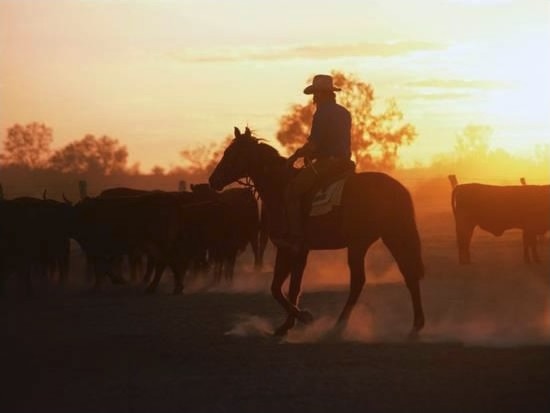I'm firmly in the same camp as those who believe that Australia will receive a lighter load of nukes than, say, Canada. Issues like range, limited involvement, and limited capacity will be in turn limiting factors on what kind of megatonnage the USSR directs at Australia. My whole point is that the nuclear exchange will not simply bypass Australia and New Zealand, leaving two potentially important Western nations completely unscathed. I'm sure with a bit of research and analysis, we could come up with a list of ANZ targets that would involve perhaps five Mt--sufficient to knock out the site and support functions of civilian government, the principal military command-and-control center(s), a handful refineries, and a couple of important military bases in each country. The idea would not be annihilate Australia (or New Zealand), which would run the risk of an Allied nuclear response beyond the one already envisioned in canon. The idea would be to prevent Australia from projecting force beyond her own borders for a few years and to prevent the US from using Australia to pursue American aims in the South Pacific.
Webstral
Webstral





Comment